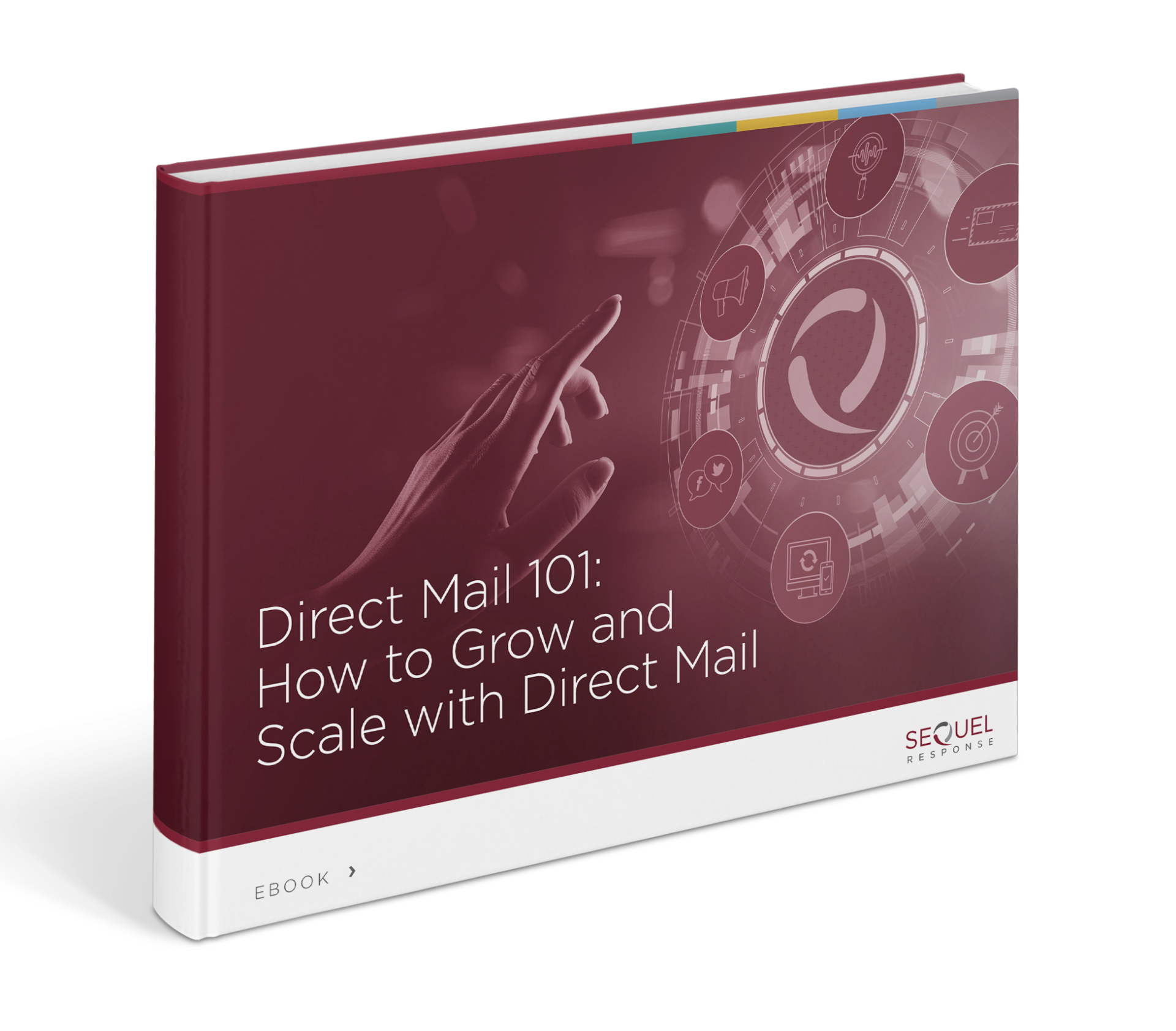Shared or Solo Direct Mail: Which is Best for My Brand?

You’re already sold on why direct mail is effective in customer connections and response, so now it’s time to choose a shared direct mail or solo direct mail strategy. To understand which approach is best for your brand, budget, and growth goals, you must first understand the differences and similarities between the two.
I
Keep reading for an overview of shared and solo mail, plus insights from our strategists and clients to help you best utilize and optimize the channel.
Shared direct mail
Shared direct mail may also be called group mailers, coupon mailers, or marriage mail. With this strategy, several advertisements are combined in one mail package with each advertiser sharing the postage cost to lower the overall investment. Consumers can be targeted by geographics (zip code or carrier routes), individual neighborhood demographics (income levels or property values) or even unified to a demographic group (e.g. parents, new homeowners) or target profile (e.g. affluent households in Chicago). Advertisers can choose from insert or wrap creative templates, with limited A/B testing options.
Along with being cost-effective and uncomplicated, shared direct mail campaigns can enhance exposure and reach by focusing on a large audience. By doing so, brands can attract more consumers and boost revenue. These campaigns can also increase perceived credibility, trustworthiness, and brand exposure – ultimately leading to a better brand reputation and raised customer loyalty. It’s common for shared mail providers to place notable and recognized companies on the outer envelope to increase overall open rates.
Who does shared mail work best for:
The nominal cost of shared mail is desirable for any brand looking to utilize the direct mail channel to reach a broad audience or grow awareness through a cost-effective approach. Shared mail can also provide value for brands that employ a robust couponing program to generate sales. In some isolated situations, it can serve as an entrée into solo mail… but often this is superficial, as the two approaches are fundamentally different.
To drive incremental sales with a profitable cost per acquisition, these nine top consumer brands were invited to participate in a full-service shared mail program. The limited number of mailers and unique creative strategy behind each insert ensured a relevant experience for consumers, and most mailers experienced incremental lifts over 25%.
Solo direct mail
Brands that use solo direct mail send a stand-alone mail piece. The mailing list is unique to the brand and can range from a broad geographic reach down to a specific individual. Brands have creative flexibility for package sizing, shape, and interactive elements (folds, stickers, scratch offs, etc.). Through the use of variable printing data (VPD), messaging elements (text, images, colors) can be personalized on each mail piece for a memorable and engaging customer experience. In addition to a general acquisition strategy, mailings can be triggered by CRM and digital activity. When budgeting for a solo mail campaign, marketers must consider data, paper, ink, and postage expenses.
Solo mail ensures brands will reach their best audience with a relevant message. The personal and individualized data used to build solo mailing lists are based on an extensive mix of first-party and third-party variables to identify the valuable similarities, preferences, and behaviors of your ideal customers. This sophisticated data is what supports solo mail’s ability to provide meaningful scale by reaching more consumers who are most likely to purchase your product or service. Comprehensive direct mail testing capabilities allow you identify the best combination of list, offer, and creative to quickly optimize your campaign performance and lower your cost per acquisition.
Who does solo mail work best for:
Solo mail works best for DTC subscription services, warranties, insurance, and ecommerce brands looking to acquire many new customers. If your brand is looking to grow, and perhaps seeing the ceiling of your other acquisition channels, now is the best time to test direct mail.
This subscription brand was looking for an offline channel that could consistently provide scale while also generating high LTV customers. Just one month after the first campaign hit mailboxes, the brand was eager to mail again. In addition to doubling volume, the brand pursued further data modeling and monthly campaign opportunities.
Shared mail and solo mail strategy
Shared direct mail and solo direct mail does not have to be an either/or situation. It is common for seasoned brands to combine shared and solo mail to leverage the strengths of each approach. The broad reach and affordability of shared mail is used as a top of the funnel, brand awareness tool. Solo mail’s versatility and targeting capabilities better enable a direct response strategy, with a focus on conversion rates and optimizing CPAs while scaling the program. Some of our clients used shared mail alongside a solo program to drive additional sales during a critical cycle or test new data or creative.
According to the USPS, marketers saw their ROI increase by 60% when combining direct mail with digital channels. Both solo and shared mail can be integrated with digital marketing, so don’t be scared to embrace a multichannel marketing strategy to boost awareness and response. By engaging potential customers on social media, the internet, and in their mailbox, you may increase your influence. This will multiply the number touchpoints and enable your mail offers to be noticed when members of your target audience are ready to make a purchase.
To choose which direct mail approach is right for your brand, consider the targeting and personalization you require for your mailing, and weigh that against the investment and growth potential of each strategy. Most importantly, do not dismiss the channel after a failed test. A different approach to direct mail testing, list modeling, and digital integration can have a dramatic impact on program performance.
Check out the infographic, join an upcoming SeQuel Shared campaign, or contact us today to see which approach to shared or solo direct mail can work for you.

